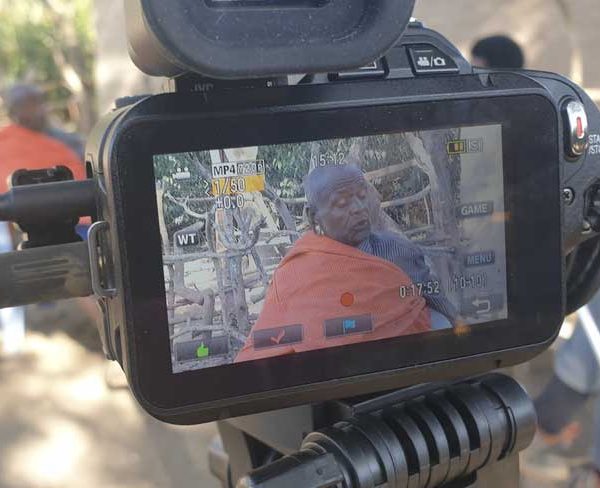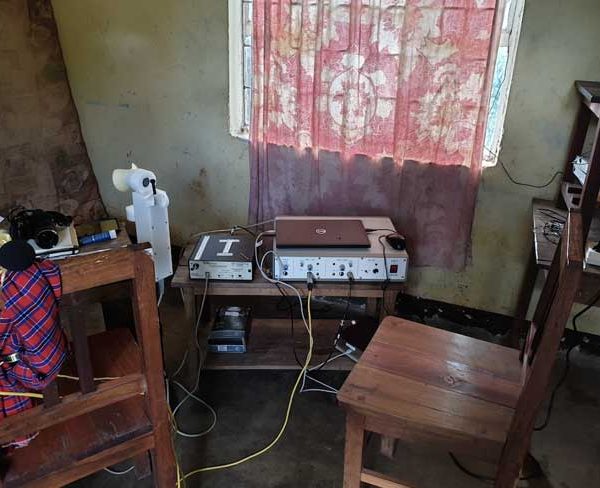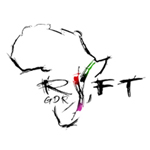July 2023
Winners of the CNRS-Africa calls for projects
Several projects led by members of the GDR have been awarded by the call CNRS-Joint Research Programme in Africa
Congratulations to them!
1- CNRS – JOINT RESARCH PROGRAMME in AFRICA (CNRS-AFRICA JRP)
“L’énergie incarnée » : Socialisation des technologies et des ressources de faible niveau dans la production d’énergie alternative.
Participants :
- Benoit Hazard
- Aloys Osano
- Bakari Chaka
- Thomas Kivevele
- Aloyce Amasi
Partnership :
East African countries are striving to drastically reduce their carbon emissions. Much of the rift population of Kenya and Tanzania has limited access to energy for their domestic needs. They continue to depend on firewood and charcoal for cooking and lighting, despite the recent implementation of large-scale energy projects. Current development trends are based on technical macro systems in which infrastructures are thought of as an association of technical systems within larger networks. These projects exploit the resources of pastoral landscapes, without however benefiting the populations, in particular the Maasai. This results in an unequal energy value chain creating more exclusion in the energy market, impacts on biodiversity, and health problems, in marginalized areas. Faced with the limits of these infrastructures in the field of energy, “Embodied energy” offers research on “appropriate technologies” in African energy transitions. It starts from the observation that off-grid electrification projects seem to be more efficient in the sustainable energy supply of local populations, and those most exposed to energy poverty.
This project aims to question the emerging paradigms of the transition (“strong sustainability”) by describing, through interdisciplinary research, the socio-ecological dynamics (resources, uses, effect on biodiversity, on health) raised by the access to energy for the most vulnerable populations in Kenya and Tanzania. How to obtain sustainable and cyclical energy projects using “low technologies” to “power the vulnerable” is the central question of the proposed project? Based on the example of a “pilot” biodigester in Kenya, and comparable equipment, already existing, in Tanzania, this project is betting that “appropriate technologies” bring the possibility of appropriation by local populations. Ultimately it questions the forms of socialization of energy. It aims to generate knowledge that could be used by relevant stakeholders such as policy makers, donors and NGOs who aim to promote energy transition and protect Africa’s remaining forest resources.
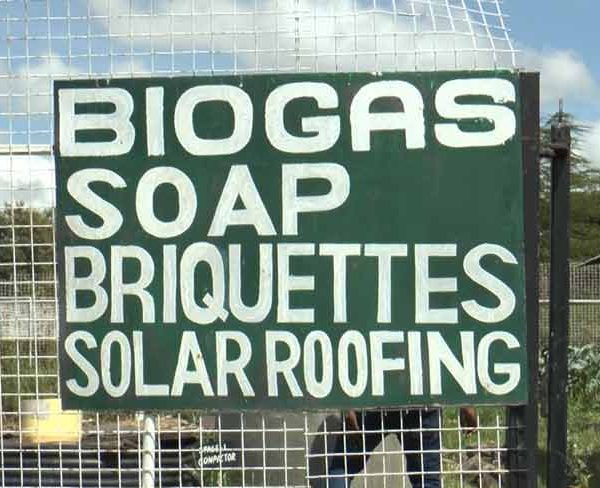
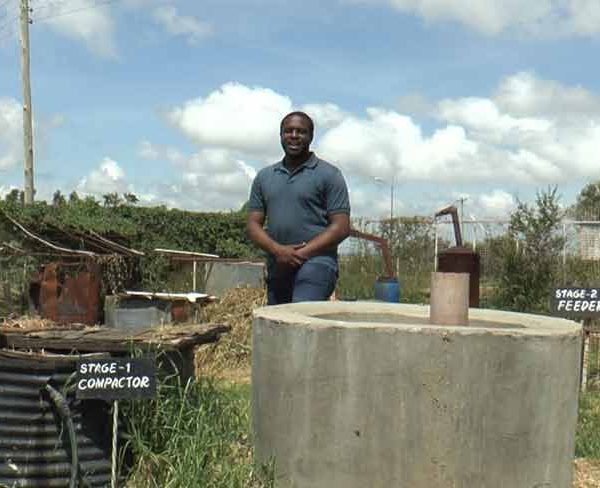
2- CNRS-AFRICA RESIDENTIAL RESEARCH SCHOOLS
A summer school for geological hazards assessment and risk evaluation in North Tanzania
Coordinators :
- Stéphanie Gautier-Raux
- Remigius Gama
Partnership :
This thematic school offers a multi-disciplinary training program focusing on geological hazards in northern Tanzania, and more specifically in the East African Rift region marked by continuous seismic activity and recurrent volcanic eruptions. The aim of the course is to enhance the knowledge and practical skills of Tanzanian and French students in geological hazard assessment and risk management. It also aims to strengthen and promote bilateral collaboration on these scientific issues, which have a major societal impact.
The week-long program includes seminars, practical courses and on-the-job training. These cover subjects such as geodynamics, geomorphology, seismology, volcanology, cartography, and data acquisition and analysis. The originality of the project lies in its combination of interdisciplinary theoretical aspects with practical applications aimed at training participants in geological hazard assessment on a concrete case. The training includes digital mapping and georeferencing tools, seismological instruments, field observations, sample collection and the presentation of geochemical analysis techniques.
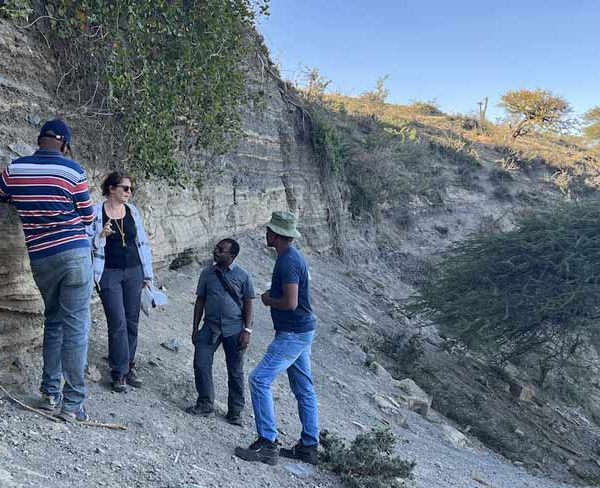
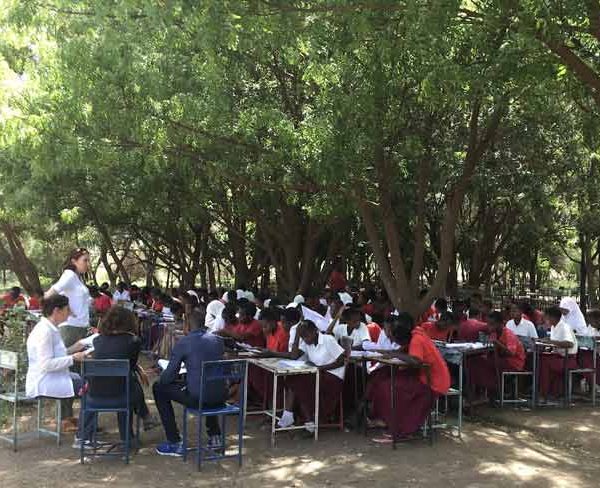
3- CNRS-AFRICA VISITING FELLOWSHIPS
COSYSORI (Contact dans les systèmes sonores des langues de la vallée du Rift)
Participants :
- Alain Ghio
- Michael Karani
- Didier Demolin
- Yohann Meunadier
- Francesca Di Garbo
Partnership :
Collaborations :
The COSYSORI project extends the SYSORI project whose objective is the study of the Sound Systems of the languages of the Rift Valley. The innovative aspect consists in emphasizing more precisely the phenomena of language contact while keeping the foundations of previous projects.
The Great African Rift includes several linguistic areas belonging to the four main linguistic families of the continent (Afro-Asian, Niger-Kongo, Nilo-Saharan and Khoesan). The linguistic diversity of this area is the result of migrations and contacts, sometimes very old, between populations of hunter-gatherers, herders and farmers. The comparison between the languages suggests several migratory phases and contacts that repeatedly changed the linguistic landscape. Rift language sound systems have particular types of sounds, some of which are not common in world languages. The case of non-pulmonic consonants such as ejectives, implosives and clicks is particularly noteworthy. Are these consonants substrates of very old elements that are reflected in current languages or are they the product of mechanisms of innovation and complexification of sound systems? Is there a link between clicks and ejective consonants, which could explain for example the transfer from one language to another by contact? How can these non-pulmonic consonants be compared to the mechanisms of swallowing or coughing, thus highlighting the biological nature of elements of the linguistic structure?
The answers to these questions require precise observation and description of the mechanisms of phoneme production of these languages. In our project, we focus on several languages of northern Tanzania from different language families. Hadza and Sandawe have sound systems with clicks and ejectives. Iraqw is a Cushitic language with a consonant system that includes a series of ejective consonants. Maasai, a Nilotic language, has a full set of implosives in its phonological system, a full system of vowels [+/- ATR], tones, and a very elaborate set of interjections and ideophones that include sounds not described in the International Phonetic Alphabet.
For the observation of these linguistic phenomena, we have chosen an instrumental approach which consists of transporting sophisticated laboratory instruments in the field to record more precise data than those obtained by simple sound recording or transcription by ear. In particular, we use an electroglottograph which captures the vibrations of the vocal cords and the movements of the larynx. We also add aerophonometric data such as oral or nasal airflow, as well as the measurement of intraoral pressure, which allows us to infer the movement of articulatory or phonatory organs. This greatly enriches the understanding and comparison of the production mechanisms of these consonants in the aforementioned languages.
